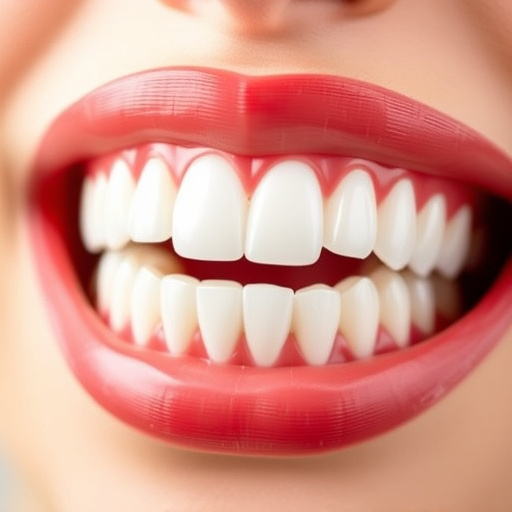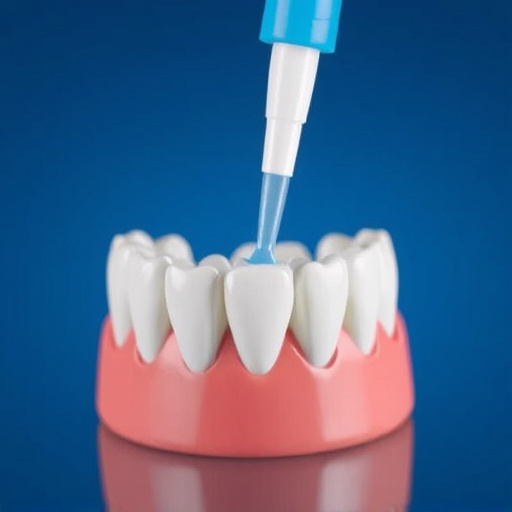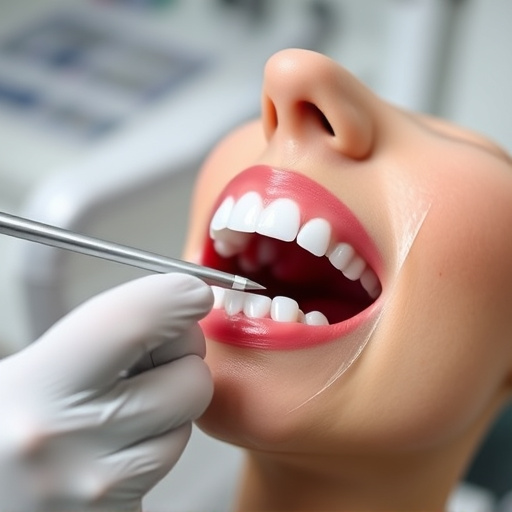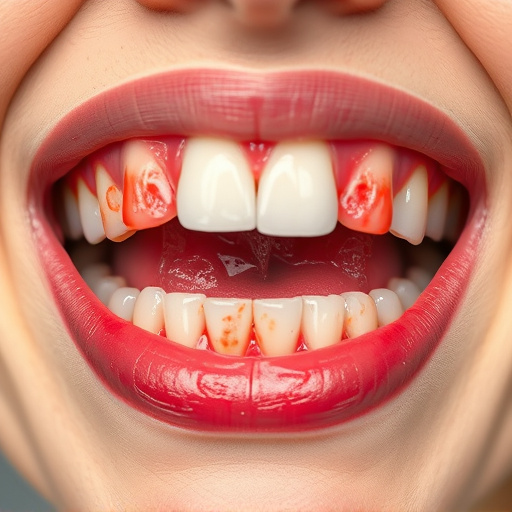Dental sealants for teeth fill grooves and pits on molars and premolars, preventing plaque buildup and decay. This clear, long-lasting coating offers protective barriers, reducing cavity risk significantly, especially for children with new permanent teeth or those considering cosmetic dentistry. Applied through cleaning, roughening, bonding, and sealing, dental sealants complement oral hygiene practices and minimize recurring dental repairs.
Dental sealants for teeth are an effective, preventive measure to maintain a healthy smile. This article explores the powerful benefits of these protective coatings, designed to fortify your pearly whites against decay and damage. By understanding how dental sealants create a barrier against bacteria and food particles, you’ll discover why they’re a top choice for long-lasting oral health. From their application process to proven results, learn how these innovative solutions can keep your teeth strong and bright.
- Understanding Dental Sealants: A Protective Barrier
- How They Work: Bonding to Strengthen Teeth
- Benefits for Long-Lasting Oral Health
Understanding Dental Sealants: A Protective Barrier
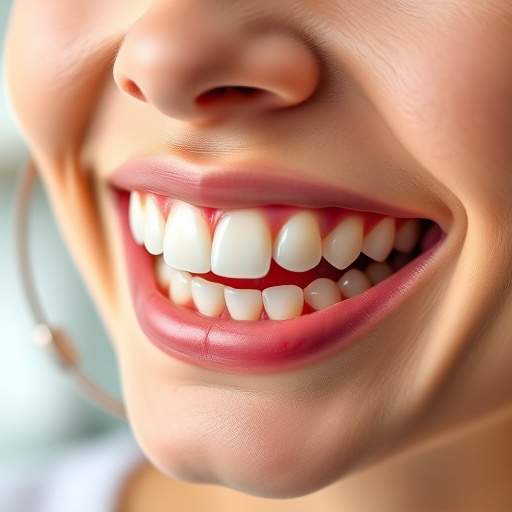
Dental sealants for teeth act as a protective barrier, filling in the deep grooves and pits on your tooth surfaces. These clear, hard-wearing coatings are applied to the chewing surfaces of back teeth (molars and premolars) where tooth decay is most common. By sealing these areas, sealants prevent plaque and food particles from accumulating, thus reducing the risk of cavities and tooth erosion.
This simple yet effective treatment is particularly beneficial in children’s dentistry, as it can protect newly emerged permanent teeth from damage. Even those considering clear aligners or exploring cosmetic dentistry down the line can benefit from dental sealants as a preventative measure against decay, ensuring a healthier smile long-term.
How They Work: Bonding to Strengthen Teeth
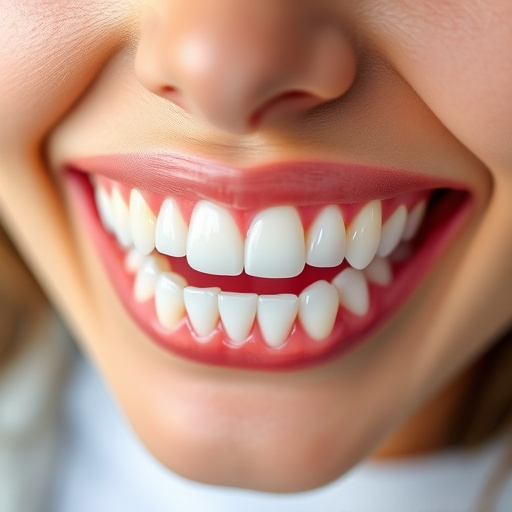
Dental sealants for teeth are a preventive measure that acts as a protective barrier against decay and damage. They work by bonding to the tooth’s surface, filling in the tiny cracks and crevices where bacteria can hide. This creates a smooth, sealed layer that prevents food particles and acids from settling into these hard-to-reach areas. By blocking off these entry points, dental sealants for teeth significantly reduce the risk of cavities and other forms of tooth decay, particularly in molars and premolars—teeth that are more prone to wear and tear due to chewing.
The process involves cleaning the tooth, applying a solution to roughen the surface slightly, and then bonding the sealant material, which hardens quickly upon contact with the tooth. This strong bond not only protects but also strengthens the teeth. Regular oral exams and general dentistry practices often recommend dental bonding as part of a comprehensive oral care strategy, working alongside other preventive measures like fluoride treatments and proper brushing and flossing techniques to keep your smile healthy for years to come.
Benefits for Long-Lasting Oral Health
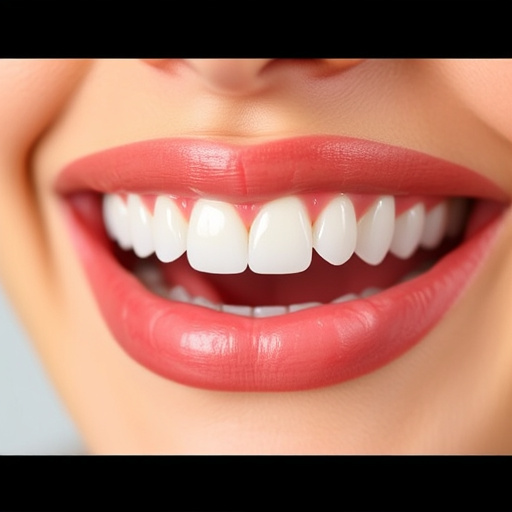
Dental sealants for teeth offer a long-lasting solution for maintaining optimal oral health, especially for children and teenagers. By applying these protective coatings to the chewing surfaces of molars and premolars, dentists create a barrier against decay-causing bacteria. This simple yet effective procedure has proven to be a game-changer in comprehensive dental care, significantly reducing the risk of cavities and tooth decay over many years.
Compared to traditional dental fillings or even dental bonding, sealants provide a more preventive approach. They act as a shield, preventing plaque and food debris from accumulating in hard-to-reach areas. This proactive measure not only saves patients from frequent dental visits for repairs but also contributes to overall well-being by ensuring a healthy smile.
Dental sealants for teeth are an effective and long-lasting solution for protecting your oral health. By bonding directly to your teeth, these sealants create a strong barrier against decay-causing bacteria, ensuring a healthier smile over time. With proper care, dental sealants can withstand the test of chewing and biting for years, providing lasting protection that complements good oral hygiene practices. Incorporating this preventative measure into your routine is a smart step towards maintaining a vibrant, healthy mouth.








